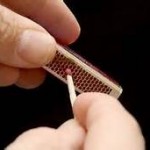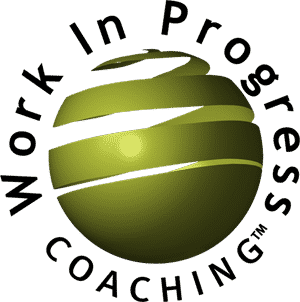Do these sound familiar? Don’t rock the boat! Don’t upset the apple cart! Don’t rub people the wrong way!
All good advice that maintains the status quo and avoids friction. When we follow it blindly, we tip-toe around issues, sugar-coat facts, excuse inappropriate behavior. (Oh, joy!)
Friction is not the enemy
All good advice except when you want to innovate, increase effectiveness, and work with people you authentically trust. Plus, get this: When we look at what following this “don’t” advice actually yields, we experience that it produces exactly the opposite effect from what we wanted.
Take, for example, a couple just beginning their relationship, both wanting it to be long-term, open and trusting. One day, he thinks that she may have a drinking problem. He doesn’t bring it up because he doesn’t want to offend her. She might stop liking him. She might leave him. He might lose the relationship. By not saying something, he has declared, at least to himself, “there are things we can talk about and things we can’t”, thus defining his level of trust in her, him and their relationship. So much for openness.
Everything he does not say because he’s worried the saying of it will break the relationship begins to erode the quality of the relationship as they envisioned it. While they might stay together, not rocking the relationship boat doesn’t save it, it pokes holes in the hull and contributes to it sinking.
This doesn’t just happen in intimate relationships. It happens in all relationships. CEO to VP. Manager to line staff. Coach to Coachee. Person to Person. Yes, the context and level of commitment vary, but the principles are the same. What isn’t shared – what “can’t” be talked about – defines the quality of the relationship as much as what is shared. Why does this matter? Our capacity to address friction effectively determines what we can accomplish together. Friction isn’t the enemy – it provides the opportunity to grow.
How come we avoid friction?
We avoid it because we don’t know what we can learn from it. We don’t know how to understand what it can reveal. We haven’t been taught how to use it to forward our commitments. Time to learn.
Part 1 of the Primer : How to Love the Rub
Lesson 1: Friction is our friend.
First, let’s understand the nature of friction. “Friction is the enemy of a rolling object, but it is what allows it to roll. An object is slowed by friction between it and the surface on which it slides or rolls, as microscopic bumps and ridges on each catch on the other. …This suggests that a state of zero friction would be ideal for a wheel because it would roll with perfect efficiency. But, the wheel would not roll at all because of an absence of traction; rather it would slide. From matches to machines to molecular structures, friction is one of the most significant phenomena in the physical world.” (101 Things I Learned in Engineering School, Kuprenas and Frederick)
Lesson 2: No friction, no traction.

You need to get traction to change course. You need friction.
Lesson 3: Friction indicates what’s next.
Think about it. When did you make a significant leap forward in your development? When everything was going well or when you overcame an obstacle in your path?
Obstacles (barriers, setbacks, disappointments) invite us to rub against what we aren’t good at yet and discover what’s needed to gain traction and move forward. It’s the friction that occurs as we step beyond our past skills and learn new ones that polishes us and our character.
Bonus Lesson: You asked for friction.
As soon as we commit to something, we say, in that very same breathe, “I’d like some friction, please.” Check this with your own experience. From cleaning the litter box to balancing our checkbook to firing an employee to resigning from the Bolshoi ballet, our resistance to follow through and do what we committed to surfaces. We asked for the friction when we made a committed. So… Don’t fear the rub. Choose it. Let it teach you what’s next in your development path.
For fun: Take an online quiz to find out if you rub people the wrong way.
Subscribe
Get Camille's latest posts!

Thanks a lot for mentioning my book, 101 Things I Learned in Engineering School. I just wanted to point out a portion of your citation from it is not actually in the book: “From matches to machines to molecular structures, friction is one of the most significant phenomena in the physical world.” I’m guessing those are your words. Nice blog post, BTW.
thanks for taking the time to connect.
thanks for taking the time to write. ifyou have something you’d like me to address …. tell me, i’ll see what i can come with!
best, Camille